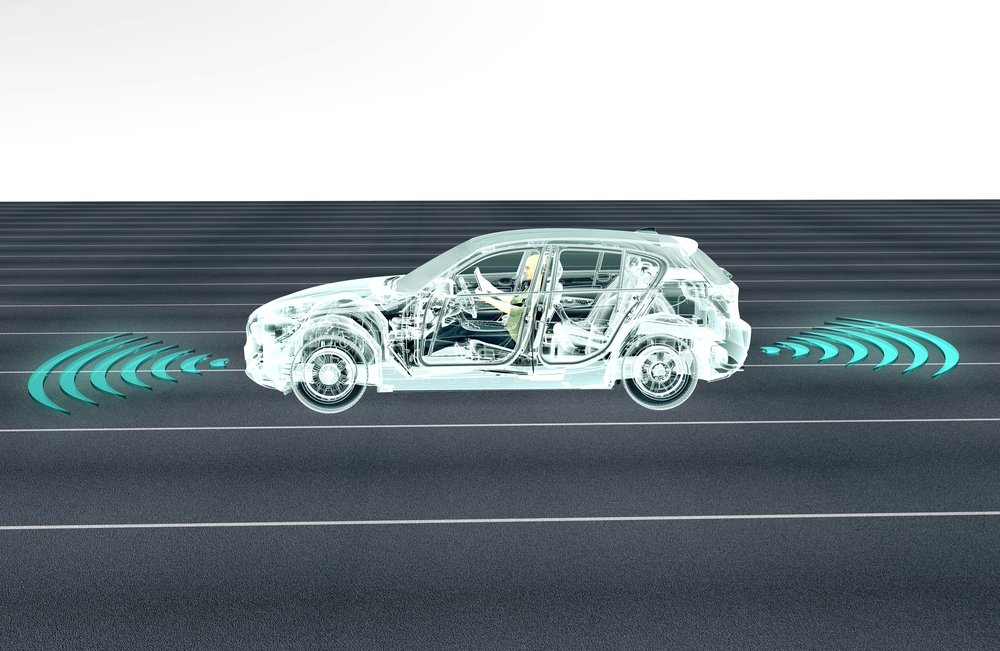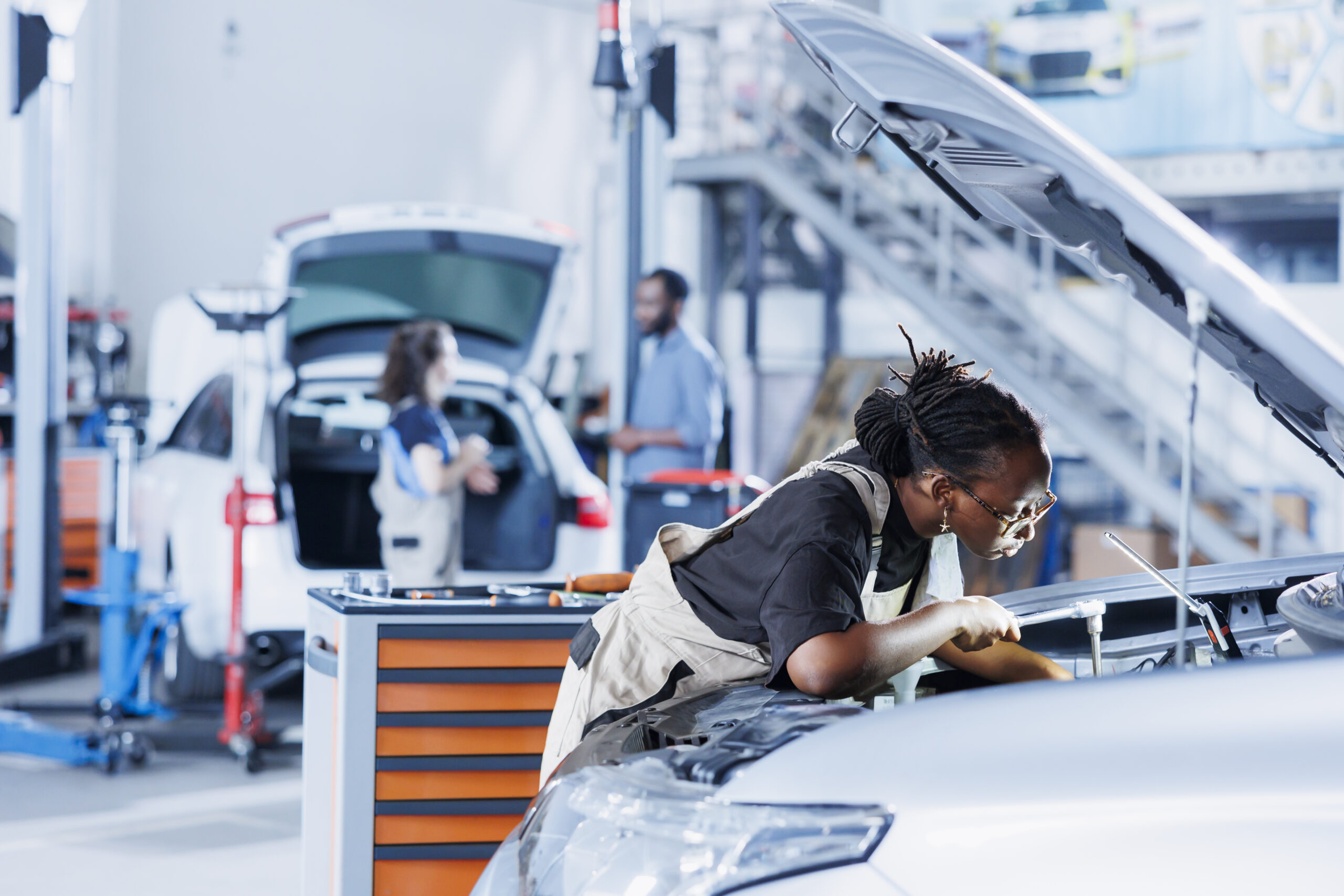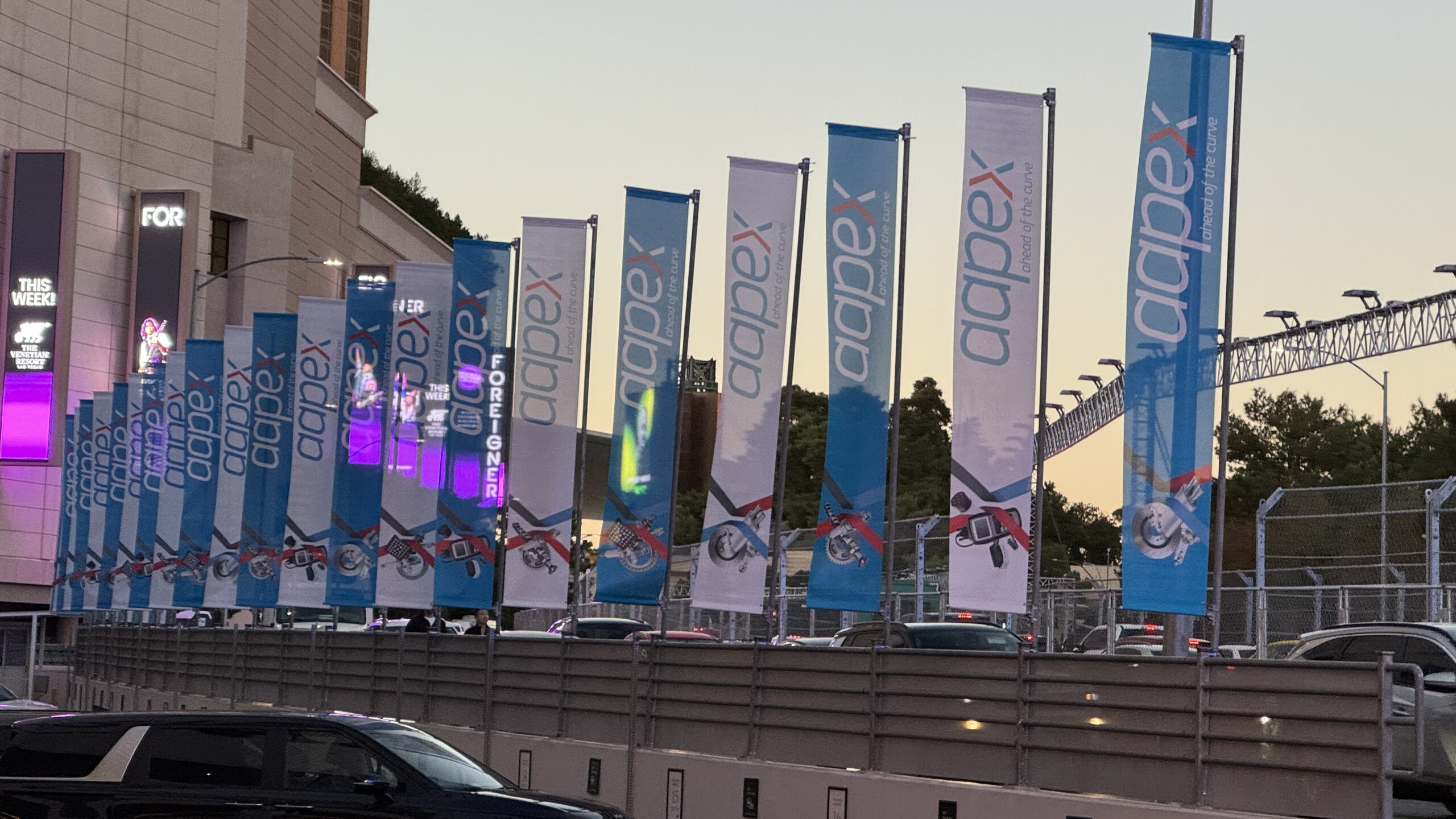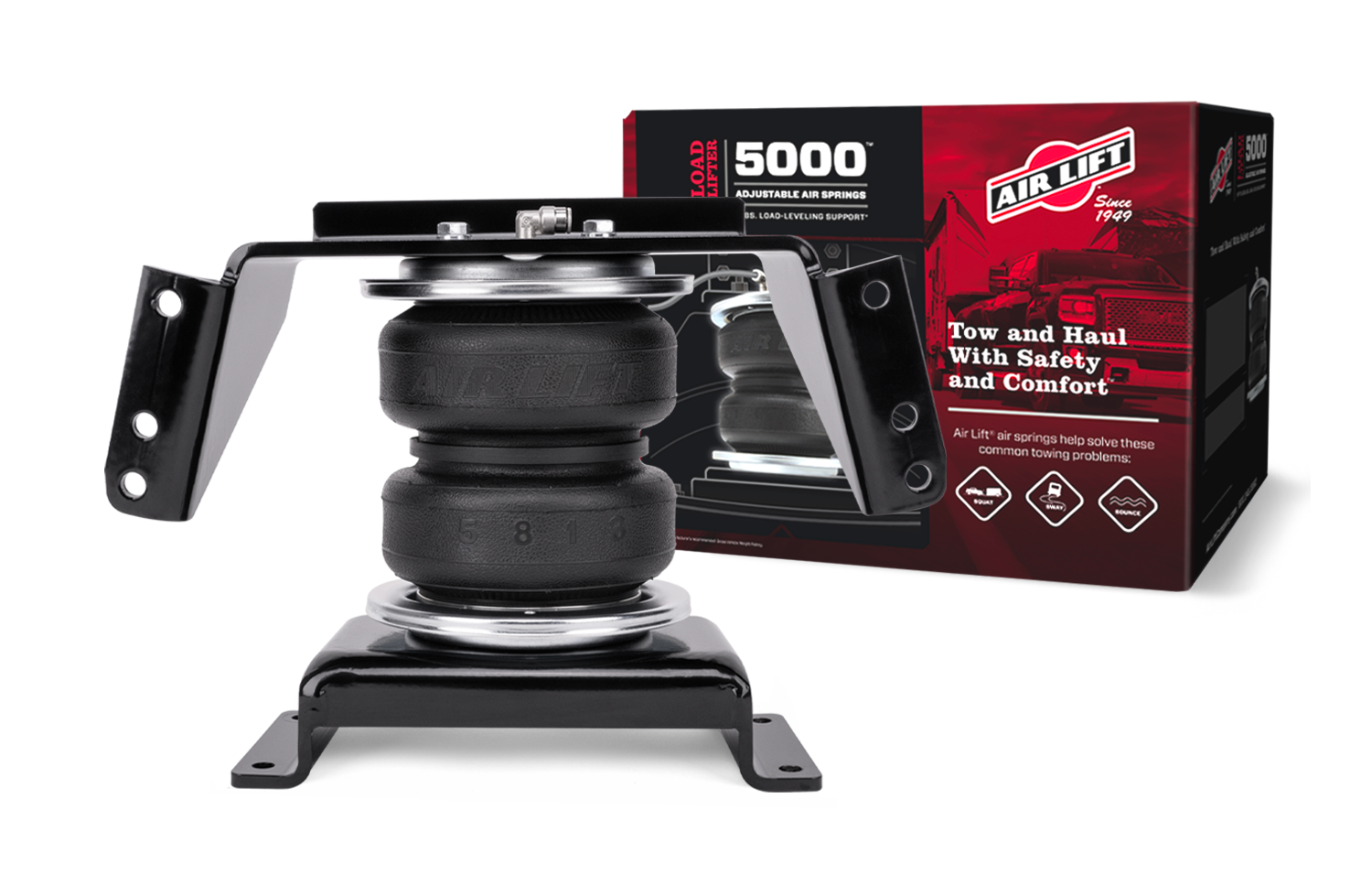
Vehicle owners have reported issues with advanced driver safety systems, particularly those that provide crash avoidance features to drivers, after repairs.
Owners of vehicles with front crash avoidance technology, blind spot warning and other visibility-enhancing cameras were surveyed by the Insurance Institute for Highway Safety (IIHS). About half of those who reported they had at least one of those systems repaired for any reason said they had issues with the features after the job was completed.
“Many had issues with the technology afterward, and some said they had to have the same feature repaired more than once,” said IIHS senior research scientist Alexandra Mueller, who designed the survey. “Still, the vast majority said they would buy a vehicle equipped with the technology again and most were satisfied with the out-of-pocket cost.”
The presence of these features on vehicles is growing. There are nearly 100 million ADAS-equipped vehicles on North American roads today with 210 million expected by 2030.
IIHS noted that its research has shown that front crash prevention — including forward collision warning and automatic emergency braking — blind spot detection and rearview cameras reduce the types of crashes they’re designed to address.
But when repairs are needed, these systems need to be recalibrated, raising the cost of repair. The Highway Loss Data Institute, which is affiliated with the IIHS, noted a simple windshield replacement could cost about US$250. For vehicles with crash-avoidance systems, recalibration raises that cost to about US$1,000.
“Automakers stipulate systems be calibrated anytime a sensor is removed and replaced or reinstalled,” the IIHS report said. “Likewise, calibration is typically an early step in addressing a malfunctioning feature. About two-thirds of respondents who had had repairs done said that calibration was included. Those respondents also reported a higher incidence of post-repair issues.”
The study reported that only a little more than 5 per cent of owners surveyed said they wouldn’t buy another vehicle with the safety feature that was repaired. The IIHS noted that it was important to ensure these systems work properly or else drivers may switch them off, eliminating their safety benefits.
“These technologies have been proven to reduce crashes and related injuries,” said Mueller. “Our goal is that they continue to deliver those benefits after repairs and for owners to be confident that they’re working properly.”












Leave a Reply